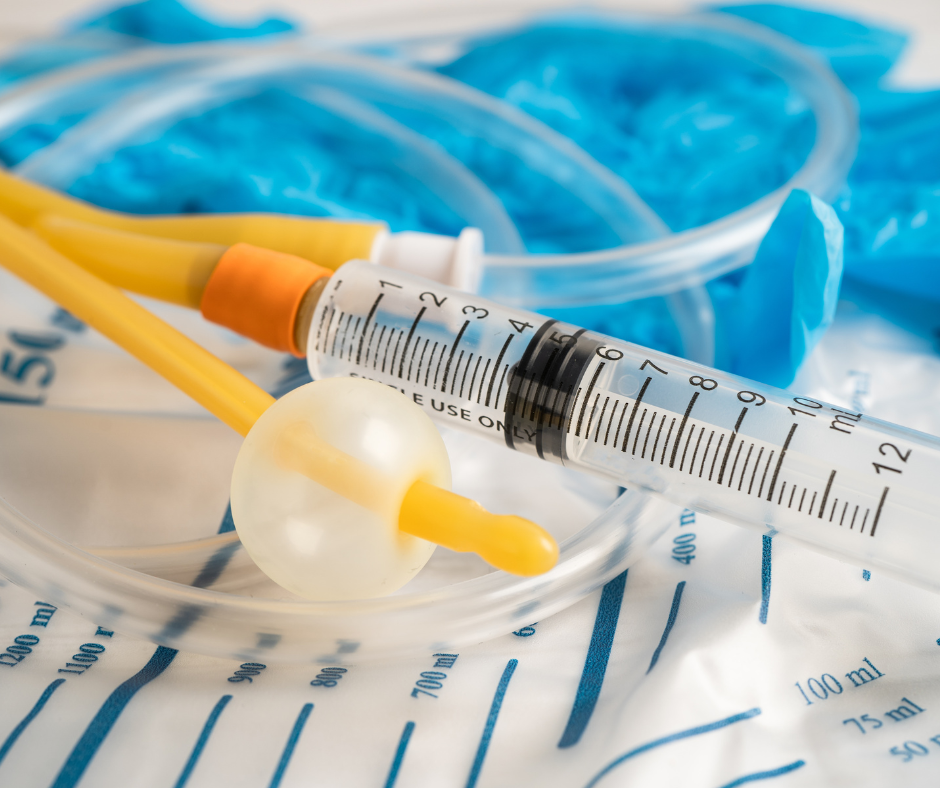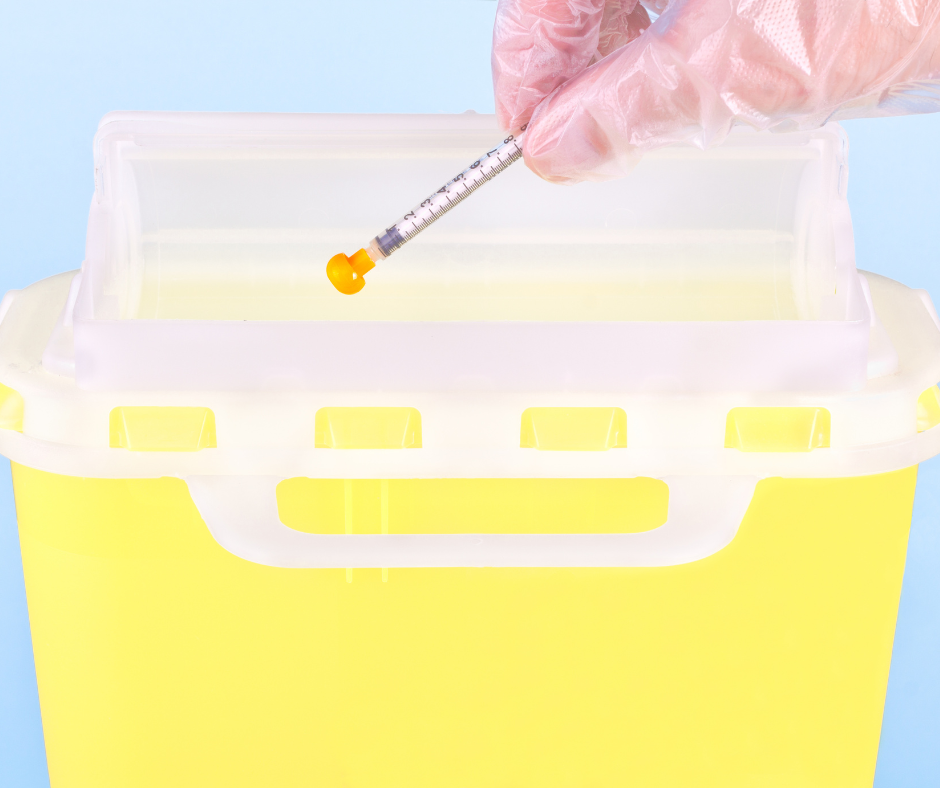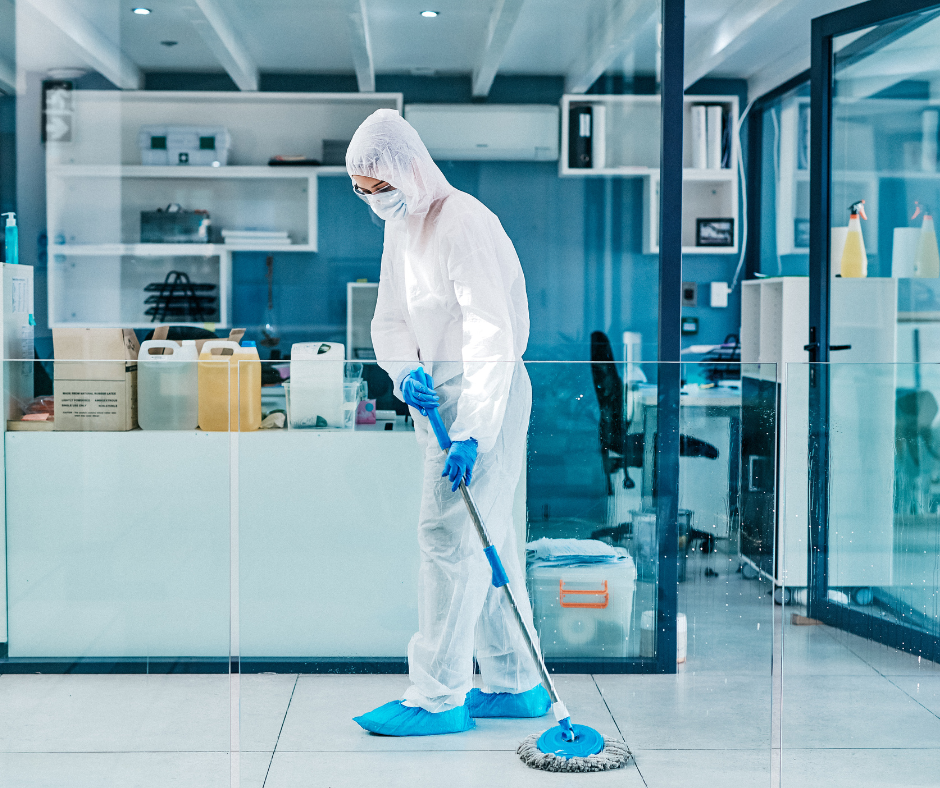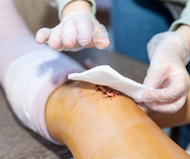August 19, 2025
Infection Control at Home: Best Practices for Using and Disposing of Medical Supplies
Maintaining infection control in a home environment is just as critical as in any clinical setting, especially when using medical supplies for chronic care, post-surgical recovery, or disability support. Whether you’re caring for a loved one or managing your own care, understanding proper protocols for wound care, catheter handling, and sharps disposal can help prevent serious infections and protect everyone in the household.
Wound Care: Clean Hands, Clean Supplies
Proper wound care begins with clean hands and sterile supplies. Here are key steps to follow:
- Hand hygiene first: Wash hands thoroughly with soap and water or use an alcohol-based hand sanitizer before and after touching the wound.
- Use sterile dressings: Always use clean, unopened dressings and avoid touching the inside of the dressing or gauze.
- Follow a clean technique: Clean the wound from the inside out using saline solution or prescribed wound cleanser. Dispose of used materials immediately.
- Monitor for signs of infection: Watch for redness, swelling, pus, odor, or increased pain and contact a healthcare provider if these occur.

Catheter Handling: Sterility is Key
Urinary catheters and other types of tubes require strict hygiene to avoid urinary tract infections (UTIs) and other complications.
- Keep tubing and insertion site clean: Use antiseptic wipes around the insertion site daily or as directed.
- Ensure secure placement: Avoid tugging or dislodging the catheter. Secure tubing with a leg strap or other device.
- Empty bags hygienically: Use gloves when emptying the drainage bag. Clean the outlet valve with alcohol wipes after each use.
- Replace as recommended: Follow your provider’s schedule for catheter changes.

Sharps Disposal: Safety First
Improper disposal of needles, lancets, and syringes can pose a major risk of injury and infection.
- Use a sharps container: Always dispose of sharps in an FDA-cleared or puncture-proof container with a secure lid.
- Do not overfill: When the container is about three-quarters full, seal it and follow your local regulations for disposal.
- Never throw sharps in the trash: Doing so puts waste handlers and family members at risk.

General Infection Control Tips
- Disinfect surfaces regularly: Clean medical supply storage areas, countertops, and any reusable equipment.
- Wear gloves when needed: Use gloves for wound care and handling body fluids, and wash your hands afterward.
- Avoid cross-contamination: Don’t reuse single-use items and always wash reusable tools.
Effective infection control at home begins with awareness and the right practices. By following clean techniques, using supplies correctly, and disposing of them responsibly, you can significantly reduce infection risks and create a safer environment for everyone. Always consult a healthcare provider for specific care instructions tailored to individual needs.
Shop medical supplies today and start earning rewards! Join our loyalty program to collect points with every purchase. CLICK HERE for a step-by-step guide.

